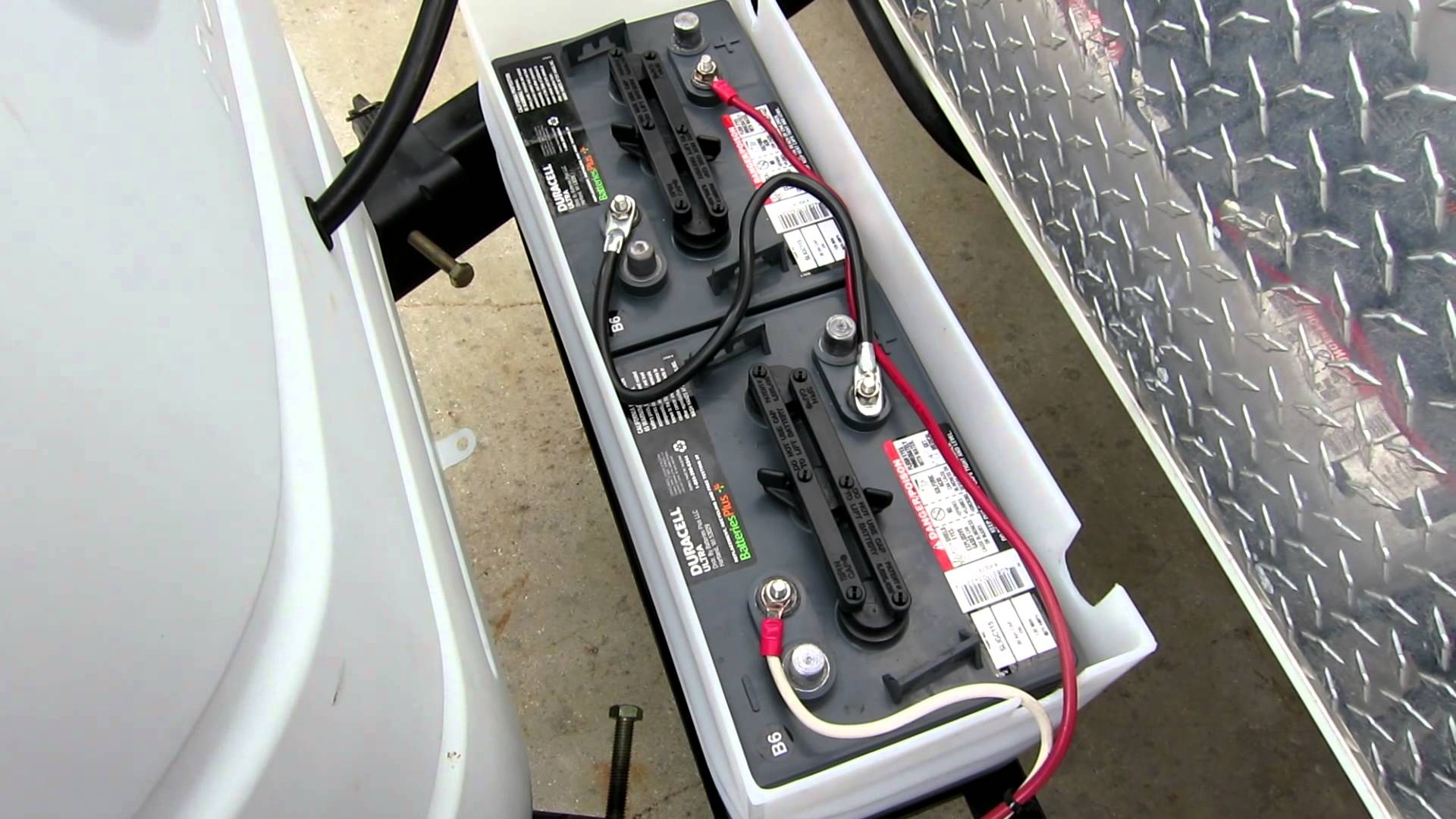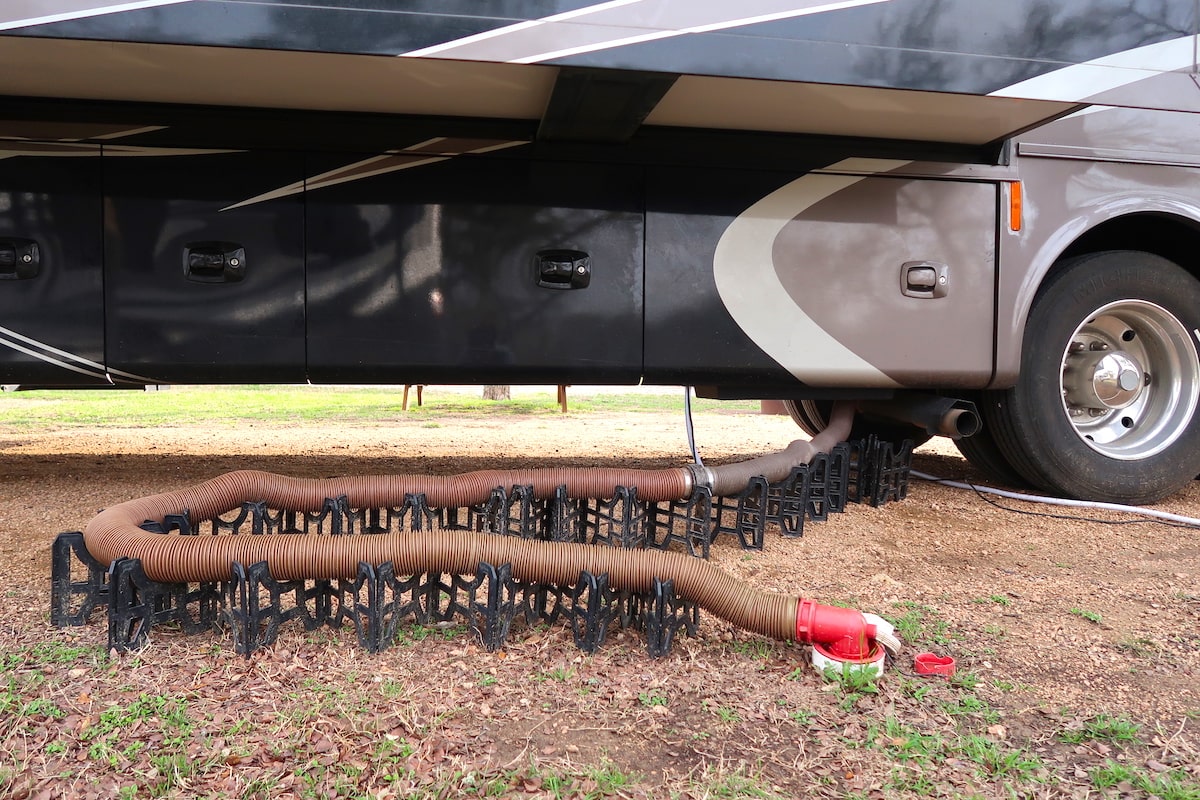From compact golf carts to large-sized recreational vehicles, 8-Volt batteries could be seen in a wide variety of applications. In most of the case, 8-Volt batteries are only 1/3 heavier than 6-Volt batteries and roughly 2/3 the weight of 12-Volt batteries. As a result, people that want to keep the weight down while also limit the number of required battery often use a series 8-Volt batteries. About the recharge, you would have no trouble securing a solid 8-Volt battery charger and associated accessories nowadays so there is nothing much to worry. That being said, a couple of people still feel clueless once their 8-Volt batteries no longer deliver sufficient current loads.
Contents
Charging 8-Volt Batteries: Before You Start
Depending on the situation and available equipment, there is more than one way for you to recharge standard 8-Volt batteries. Take a look down below and see if you could find a method that best suits your requirements and demands.
- Gathering Necessary Tools And Gears
As mentioned above, it’s good to have a quality 8-Volt battery charger around while attempting to charge 8-Volt batteries. However, in the case you unable to get one, a 12-Volt battery charger should suffice but you re going to need a 4.5 Ohm 10 Watt resistor. The purpose of the resistor is to reduce the current to a point that proves acceptable to the 8-Volt batteries. If the batteries happen to be deeply discharged, consider using higher wattage resistors if possible.
In term of gears, you could never get too careful around batteries so put on a pair of gloves, goggles and facemask till you finish. Well, used batteries tend to have corrosions on their terminals so get some baking soda and a toothbrush on hand. As always, refer to the manufacturer instruction regarding cleaning and so on just in case. While you are at it, take a look at the distilled water level of the cell and refill if needed.
- Setting Up The 8-Volt Batteries
Needless to say, you should not yank the batteries out of their compartment and then proceed to charge them immediately. First, ensure that whatever application the batteries are powering is shut off, you don’t want to sustain burn injuries. Next, prioritize removing the grounded terminal in order to avoid arching then gently move the battery to well-ventilated areas. The batteries may release harmful gases while being charged so you always have to perform a recharge in open spaces. After that, start processing the exterior surface of the batteries along with their terminals to prepare them for upcoming works.
How To Charge The Batteries
For safety reason, keep the charger as far from the batteries as possible.
Option 1: A 8-Volt Battery Charger
In the case you do have a purpose design 8-Volt battery charger lying around, the charging process is pretty straightforward. All you have to do is to follow the device instructional manual and everything should turn out to be fine. A good number of best RV battery chargers available for purchase on the market are automatic models: they would stop charging once the batteries are fully charged. On the other hand, if you get your hand on a manual charger, you have to pay attention to the charger since you need to turn it off by yourself.
Option 2: A 12-Volt Battery Charger + Resistor + Digital Voltmeter (DVM, Optional)
Nowadays, most people often have 12-Volt battery chargers in their garage and with several adjustments, it could charge 8-Volt batteries without any issue at all. To do that, you must connect the resistor in series with the charger then hook them up to the battery. In the usual case, the 12-Volt battery charger would charge to 13.8 Volts but you only need 9.2 Volts for 8-Volt batteries. That is why the resistor is needed because it would reduce the current by 4.6 Volts to match the 8-Volt batteries. The resistor is going get fairly hot so it’s probably wise not to touch it with your bare hand. An accurate DVM could let you conveniently monitor the progress.
Option 3: A 12-Volt Battery Charger + A 8-Volt Battery Charger Combo
If you are stuck with 8-Volt batteries that have not been used for quite some time, using the 8-Volt battery charger alone may appear inadequate. In such a scenario, you need to use the 12-Volt battery charger to kick start the batteries before letting the 8-Volt battery charger take over. For most of the time, you should set the 12-Volt battery charger at 10 amps but get ready to adjust the rating as the situation develops. If everything goes smoothly, you could disconnect the 12-Volt battery charger after half an hour or so and then change to the 8-Volt battery charger.
Keep an eye out for excessive gassing and dramatic rises in temperature, shut off the charger once these signs appear.
Last Updated on September 1, 2022






